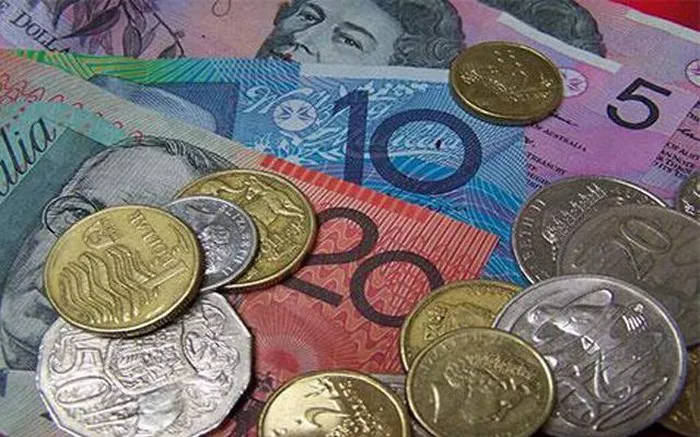The Australian Dollar (AUD) is one of the major currencies in the global financial market. As a commodity-based currency, its value is influenced by various factors such as interest rates, economic performance, trade and investment flows, and geopolitics. Over the years, the AUD has experienced both highs and lows, with significant fluctuations against other major currencies. In this article, we delve into the history of the AUD and shed light on the highest point it has ever reached.
1. Historical Peaks of the Australian Dollar:
Over the decades, the AUD has experienced notable highs against various major currencies. Let’s explore some of the most significant milestones:
AUD versus the US Dollar (USD): The highest exchange rate between the AUD and USD was reached on July 27, 2011, when the AUD traded at approximately 1.1080 USD. This surge was primarily driven by strong demand for Australian commodities, particularly iron ore and coal, as well as higher interest rates in Australia compared to the United States.
AUD versus the Euro (EUR): The AUD reached its highest level against the Euro on July 26, 2008, when it traded at around 0.9787 EUR. The spike was partly due to the global financial crisis, which led investors to seek higher-yielding assets, including the AUD.
AUD versus the British Pound (GBP): On November 20, 2007, the AUD hit its peak against the British Pound, reaching approximately 0.9754 GBP. Factors such as high interest rates in Australia, increasing commodity prices, and a weakening British economy contributed to this milestone.
2. Understanding the Australian Dollar:
The Australian Dollar, denoted by the currency code AUD or A$, is the official currency of Australia and its external territories. Introduced in 1966 to replace the Australian pound, the AUD has become widely accepted as a stable and highly traded currency. It plays a crucial role in facilitating international trade and investment within the Asia-Pacific region.
3. Factors Influencing Currency Value:
The value of the AUD is influenced by several key factors, including:
Interest Rates: Interest rate differentials between Australia and other countries significantly impact the AUD’s value. Higher interest rates in Australia tend to attract foreign investors seeking better returns on their investments, thereby strengthening the currency.
Economic Performance: A strong domestic economy, characterized by robust GDP growth, low unemployment rates, and stable inflation, generally leads to heightened demand for the AUD.
Trade and Investment Flows: Australia’s export-oriented economy heavily relies on commodities such as minerals, energy resources, and agricultural products. Therefore, fluctuations in global commodity prices and trade volumes affect the AUD’s value.
Geopolitical Factors: Political stability, international relations, and geopolitical events can influence investor sentiment towards a particular currency, including the AUD.
4. Impact of High AUD Levels:
While a stronger AUD has certain advantages, such as reduced import costs and increased purchasing power for Australians traveling abroad, it can also bring challenges. A high currency value can negatively impact export-oriented industries, making Australian goods relatively more expensive in foreign markets.
5. Recent Trends and Outlook:
Since its historical peaks, the AUD has experienced significant fluctuations influenced by various factors such as global economic conditions, monetary policy decisions, and geopolitical developments. It is essential to note that currency markets are highly volatile and subject to constant change.
Conclusion:
The Australian Dollar has achieved notable highs against major currencies throughout its history. The AUD’s value is influenced by a range of factors such as interest rates, economic performance, trade dynamics, and geopolitical events. While historical peaks provide insights into the AUD’s potential, it is crucial to consider the ever-changing nature of currency markets and the inherent volatility within them. Understanding these dynamics is vital for businesses, investors, and individuals engaging in international transactions involving the Australian Dollar.


